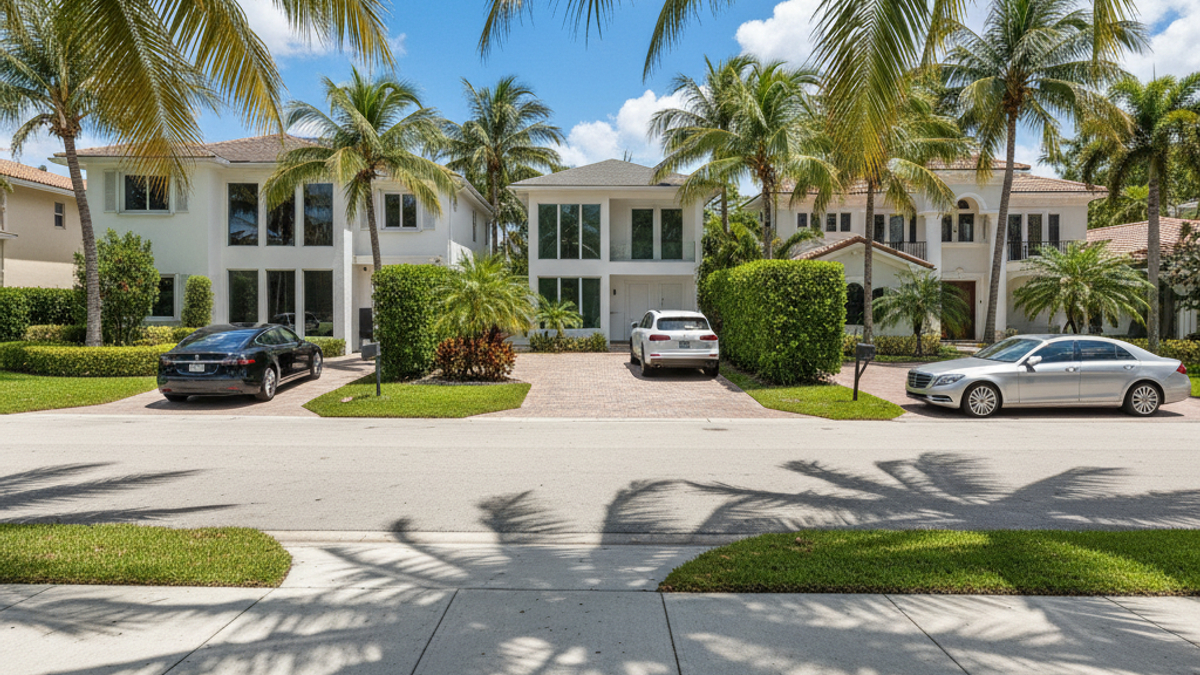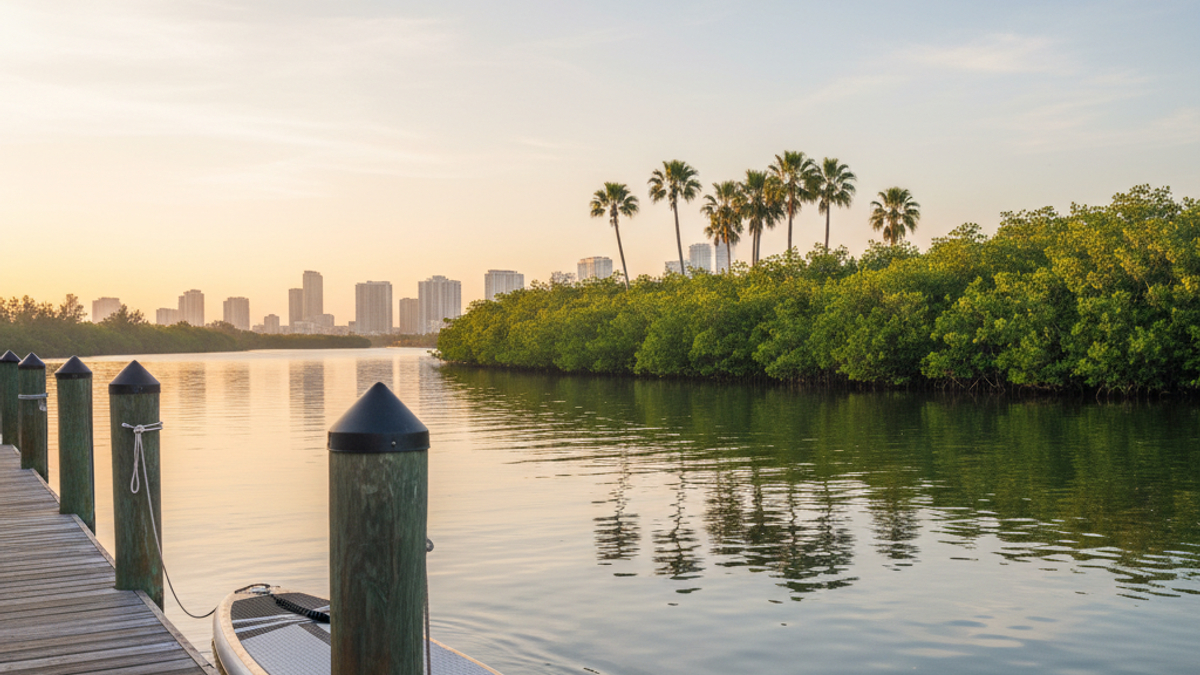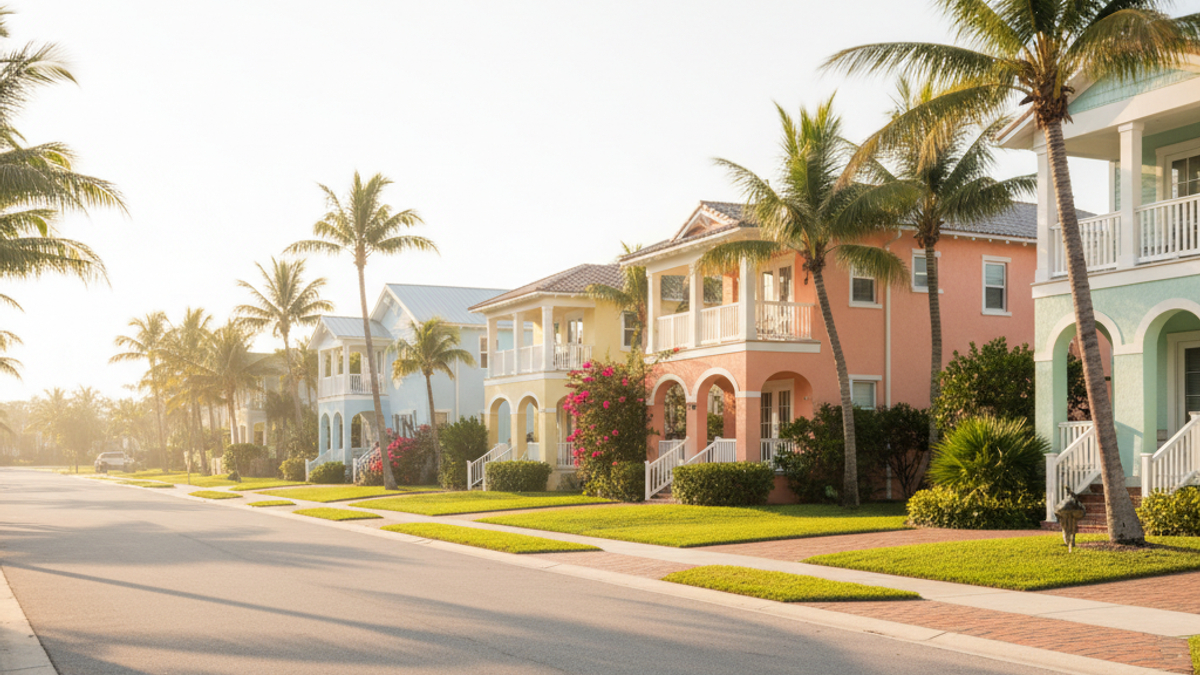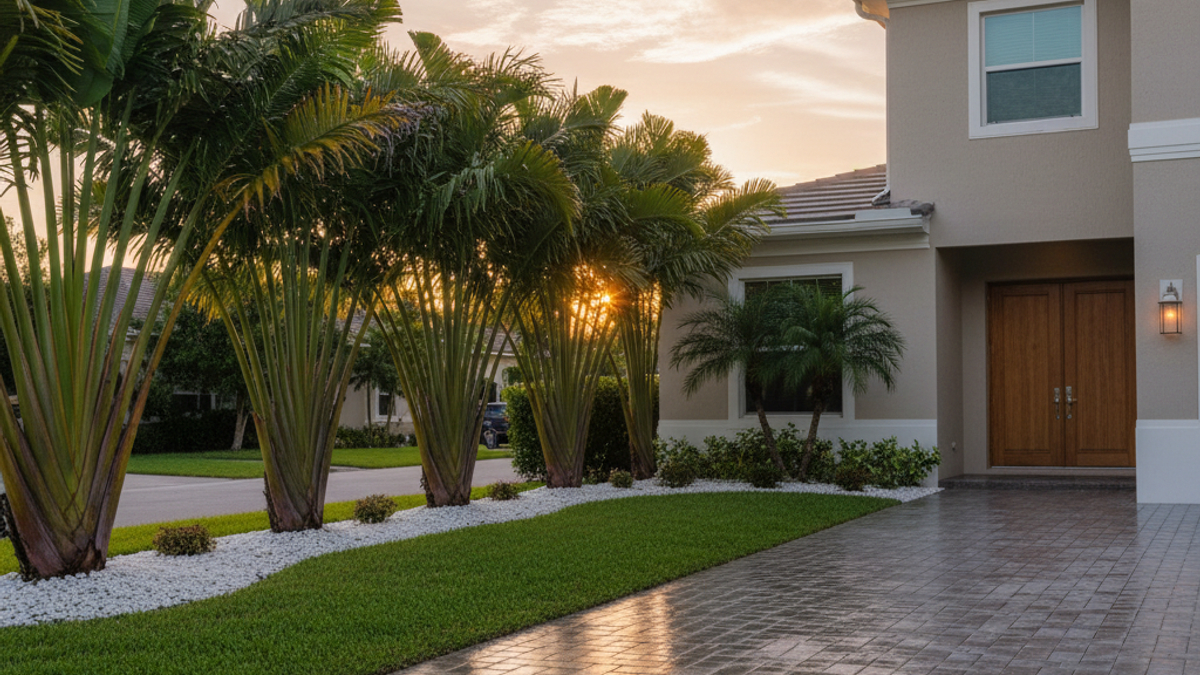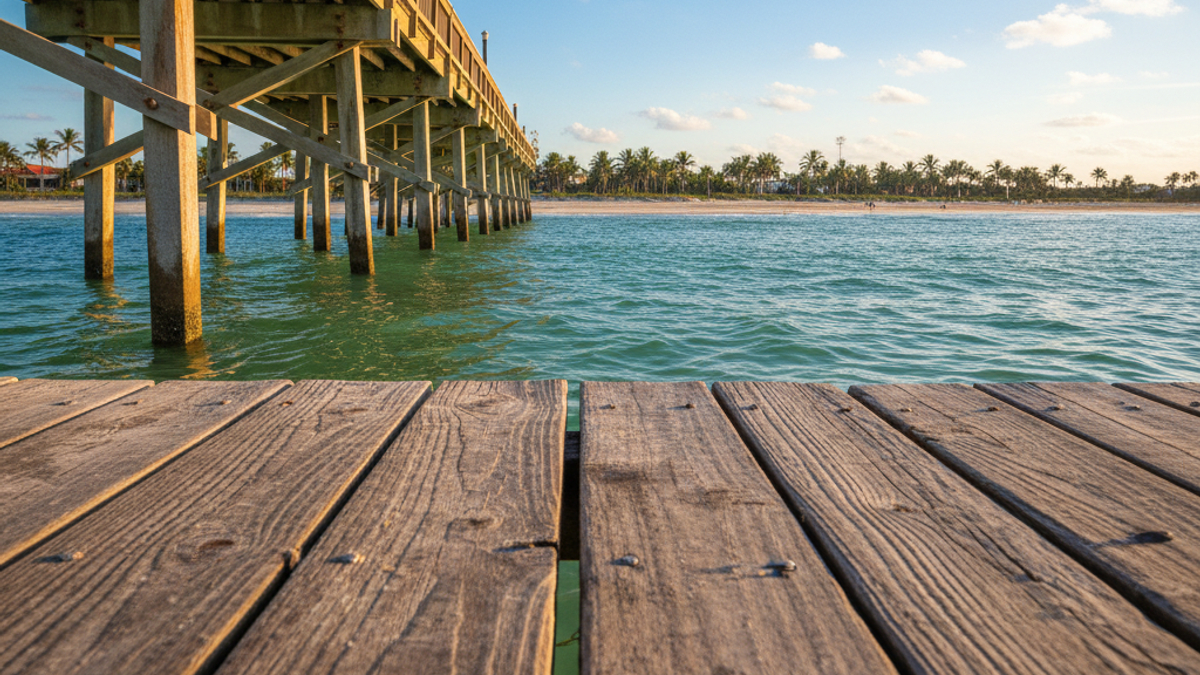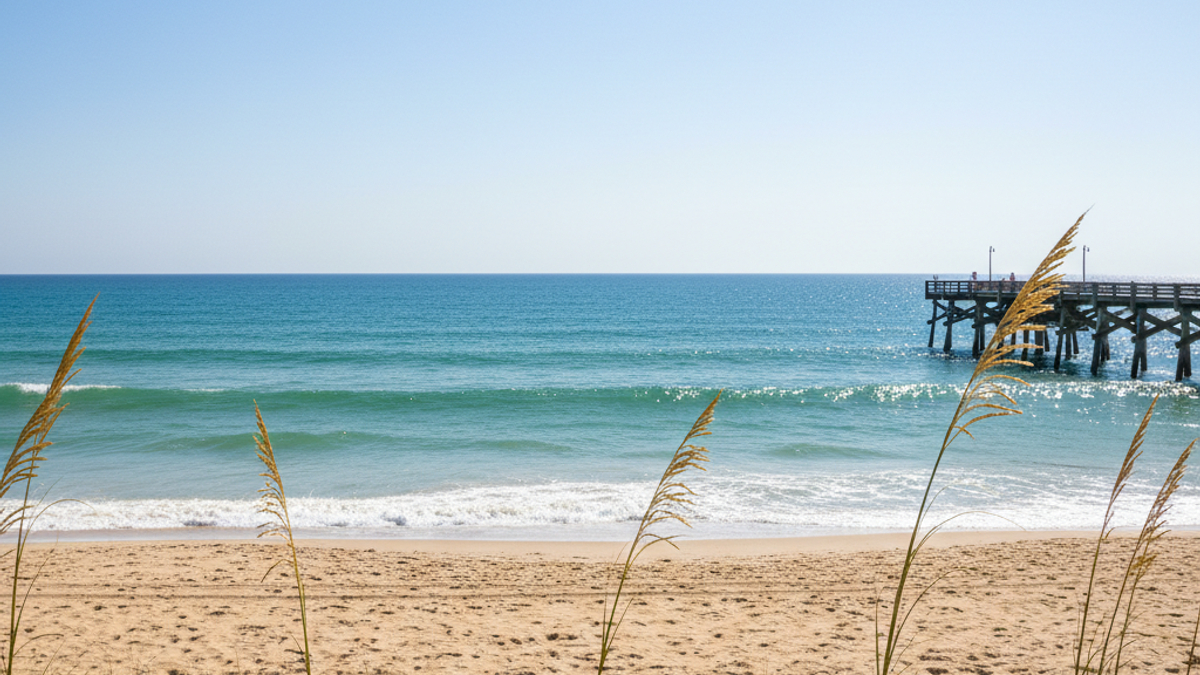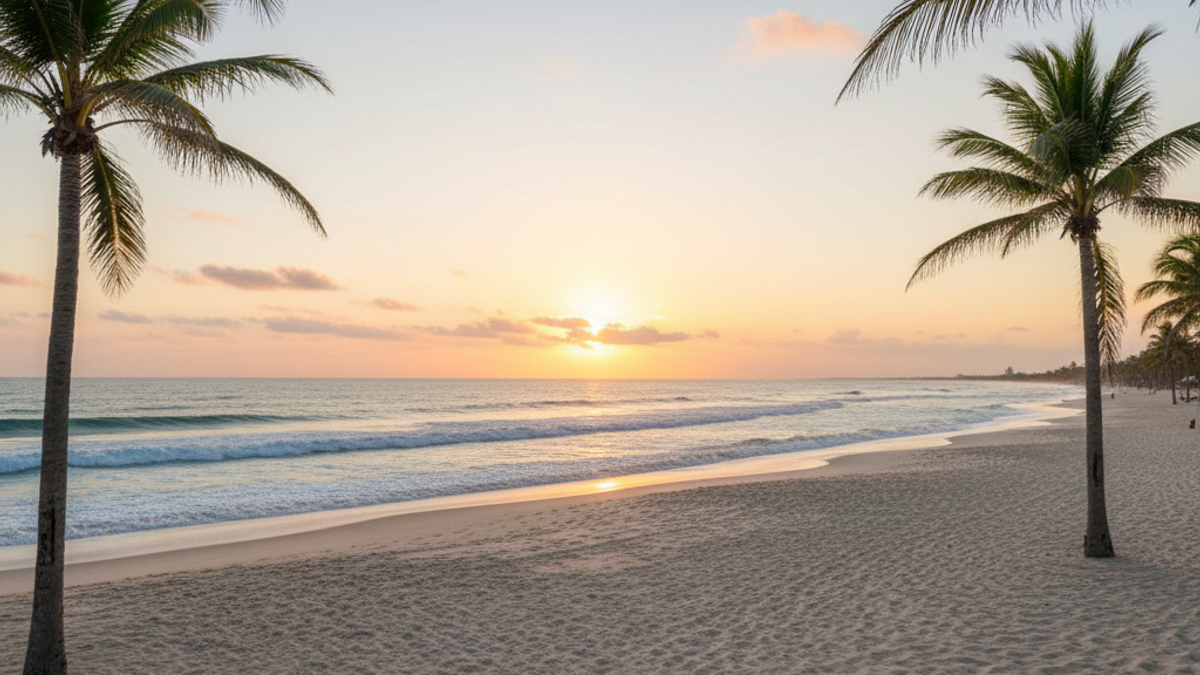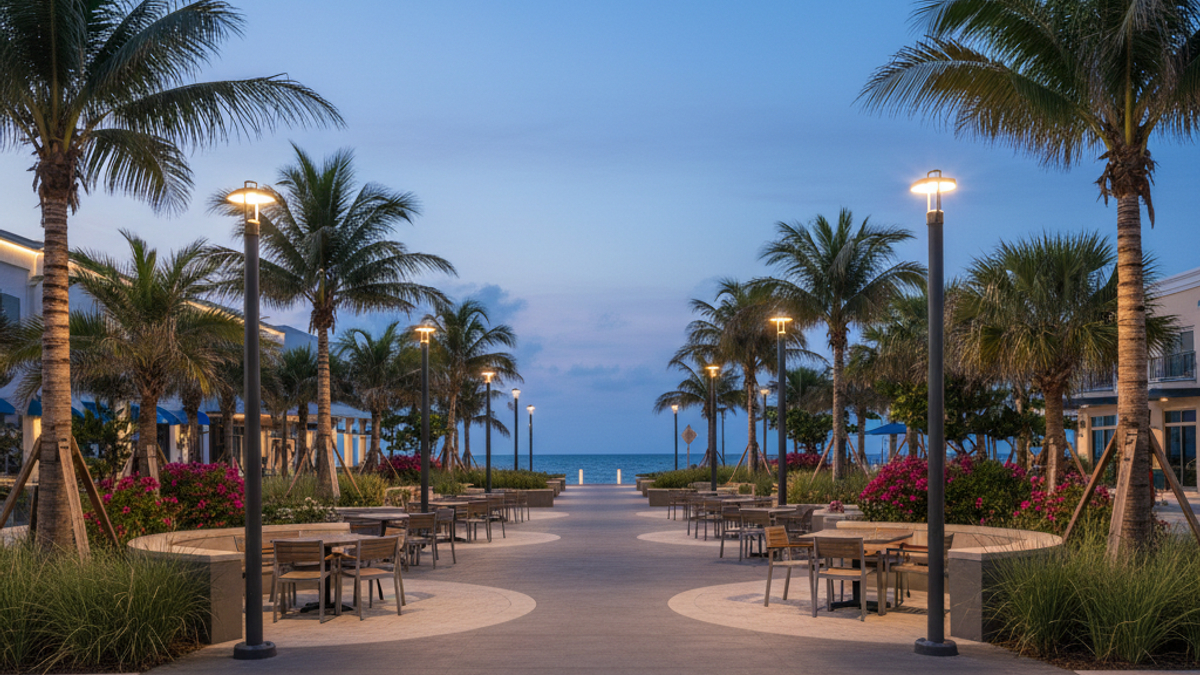Fort Lauderdale: A Financial Reality Check
Fort Lauderdale looks easy-breezy from a distance. Palm-lined streets, yachts drifting down the Intracoastal, and a nightlife scene that keeps the neon humming till dawn offer a postcard-perfect image. However, beneath the glossy scenes lie the real costs that can tug at a monthly budget. By understanding the dollars and cents, you’ll gain a solid, ground-level view of what it really takes to live here.
Setting the Scene: Why Prices Feel Different Here
The city’s growing population, job opportunities, and lack of state income tax have turned Fort Lauderdale into a magnet for high-earners, contributing to rising prices. Here’s how this affects the cost of living.
Roughly 182,000 people call Fort Lauderdale home, while the metro area attracts more than 6 million. Job growth, especially in marine industries and health services, steadily pushes housing demand higher, resulting in prices that outpace many coastal peers.
Housing & Utilities: The Big Bite
– Median sale price: About $575,000
– Typical single-family rent: Near $4,000/month
– Average two-bed apartment rent: Just above $2,900
– Electricity and water: Close to $270 monthly in warm months
Fort Lauderdale’s housing is approximately 65% more expensive than the national average, and utilities are around 5% higher. Specific neighborhoods present varying challenges in terms of pricing and amenities.
Choose Your Zip, Choose Your Pain Level
Colee Hammock, Rio Vista, and Seven Isles come with hefty price tags. Wilton Manors mixes older bungalows and new townhomes, with housing prices around $675,000. Sailboat Bend, with older stock, offers some of the lower entry prices, dipping under $450,000.
Mortgage Math Nobody Mentions
Interest rates hover around 6.6%, significantly affecting monthly payments, with additional costs from property taxes, windstorm insurance, and potential flood insurance adding to the burden.
State & Local Taxes: The Sunshine Free-Lunch Myth
Florida compensates for no state income tax through other forms of taxation. Newcomers should be aware of additional taxes and fees that might be unfamiliar.
Groceries, Dining, and Entertainment
Grocery prices in Fort Lauderdale are about 9% above national averages. Dining out can be pricey, with sit-down dinners on Las Olas averaging $65 per person.
Transportation: Gas, Tolls, and That Tricky Commute
Gasoline averages $3.75 per gallon, with commute costs and times varying greatly depending on traffic and tolls.
Healthcare, Insurance, and Hidden Costs
Healthcare premiums, along with homeowners and renters insurance, are higher here, with storm preparations adding additional costs.
Education & Childcare: A Significant Expense
Expect to spend substantially on daycare, private schooling, and summer camps, with costs reflecting the premium for living in this area.
Hidden and “Gotcha” Expenses
Watch out for landscaping fines, boat storage, pest control costs, and HOA architectural fees—common surprise expenses for new residents.
Can You Still Live Cheap in Fort Lauderdale?
Creative strategies like house-hacking, using public resources, and clever shopping can help manage living costs despite the area’s high expenses.
FAQs – Quick-Hit Answers Before You Go
– Average rent for a one-bedroom apartment: Around $2,350 east of I-95
– Property taxes comparison: Slightly lower than Palm Beach, a touch higher than Miami-Dade
– Affordable grocery stores: Aldi, Walmart, and Yellow Green Farmers Market in Hollywood
– Best neighborhoods for first-time homebuyers: Melrose Park, Fort Lauderdale Isles, and parts of Middle River
– Cost comparison of public transport vs. driving: Public transport pass costs significantly less than gas and parking
The cost of living in Fort Lauderdale runs higher than the national median, but with awareness and strategic planning, the dream of living here can still be attainable.

